
San Francisco - "Genetic Savings and Clone is no longer providing interviews. We are no longer accepting orders."

San Francisco - "Genetic Savings and Clone is no longer providing interviews. We are no longer accepting orders."

Washington - Past government officials, environmentalists, industry leaders and even actress-turned-activist Daryl Hannah want to contribute to what's being billed the most comprehensive study on agriculture's impact to date.

West Lafayette, Ind. - Dr. Willie Reed has a tall agenda.

Bowie, Md. - A one-time public relations agent, federal crime laboratory worker, screenplay author and late-blooming veterinarian takes on his latest role as Jake, a neurotic novelist struggling in relationships with the opposite sex.

Dr. David Twedt discusses how a handful of common gastrointestinal diseases in dogs and cats are frequently misdiagnosed, either because they are tricky to diagnose or they are not considered in the first place.

Pullman, WA -- Dr. Guy Palmer, a veterinary pathologist at Washington State University's College of Veterinary Medicine, was elected to the National Academy of Science's Institute of Medicine (IOM).

Atlanta - It contaminates practices, brings about lawsuits and causes illness, even death. Yet veterinarians enforce shoddy safety measures when it comes to leptospirosis and exposure to bacteria contamination.

When I moved to the Conejo Valley in California's Ventura County in 1957, the valley had never had a resident veterinary practitioner. Back then, the human population was small, limiting the number of available small-animal patients. However, there were thousands of beef cattle and horses in the area and, intriguingly, an abundance of exotic animals.

As the owner/office manager of a small animal clinic, I found your answer to the question about discounts pretty one-sided ("I Want My Discount Back," Ask the Experts, September/October 2006). Do these employees consider the cost the practice owner bears for this benefit? The employees' hearts are in the right place-they want to help all of the pets that come their way. The problem is that it's at the practice owner's expense. Some employees feel that they can take home pet after pet because the cost is minimal. This becomes a problem when several employees have multiple-pet households that the clinic is basically supporting.

Every veterinarian should buy a professional liability policy.

If you want to be treated like a doctor, you need to dress like one. No, flip-flops aren't acceptable.

Pro Brands introduces AppliGator, a device that automatically administers pesticides to animals when they eat from a feeding trough.

In response to a myriad of problems confronting people today, there is a widespread and insidious tendency to blame others. The tendency to fan the flames of blame is so pervasive that it directly and indirectly affects everyone who is a member of the veterinary profession.
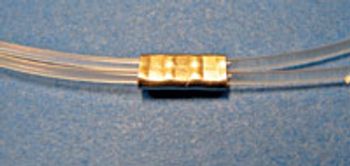
Securos introduces a 100-pound crimp clamp for use with the Securos Cruciate Repair System and the 100-pound monofilament suture.

Novartis introduces Clostridium perfringens Type A Toxoid, a vaccine to help battle diarrhea associated with Clostridium perfringens Type A.

The entire staff uses the letter Q instead of saying euthanasia when discussing it among ourselves.

Our nurses use a whiteboard with magnetic colored circles to document twice-an-hour checks on hospitalized patients.

When performing otoscopic examinations in dogs and cats, especially ones with severe otitis externa, I put a little Surgilube (Fougera) lubricating jelly on the otoscope speculum to ease discomfort caused by the examination.
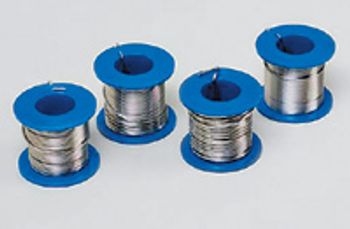
Spectrum Surgical Instruments Corp. introduces its line of orthopedic cerclage wire.

Veterinary medicine was not on the forefront of John Ensign's mind until playing softball with a vet in college, which led to volunteering at his clinic. "The first day down there that was it," he says. "I fell in love with it." So he changed his major from marketing to veterinary medicine, thus beginning 14 years of animal practice.
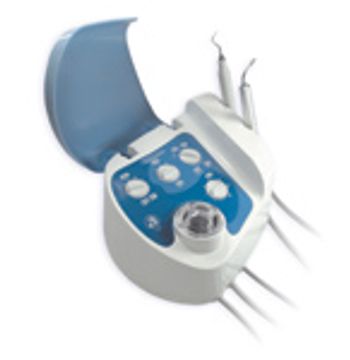
Maxisonic Jet II is a combination Piezo Ultrasonic Scaler and bicarbonate polisher.
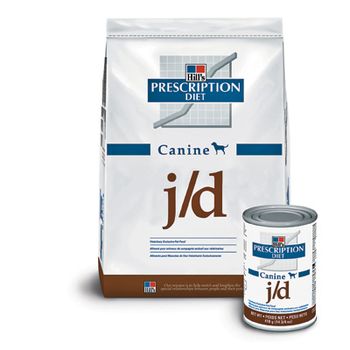
Hill's introduces the Rewarding your Dedication? Program that works in concert with the Prescription j/d canine pet food.

Pan American Veterinary Laboratories introduces immunotherapeutic treatment for pythiosis in dogs and horses.
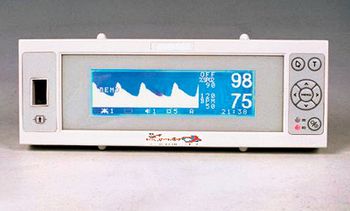
Infinium Medical Inc. introduces the Oxcyon Veterinary Pulse Oximeter.
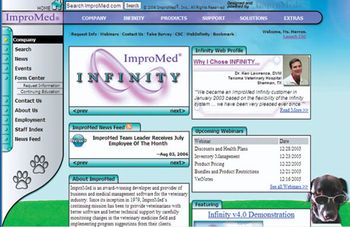
Impromed introduces a Web site redesign that includes the ability to log into the company's online customer support center and get access to a live news feed service.
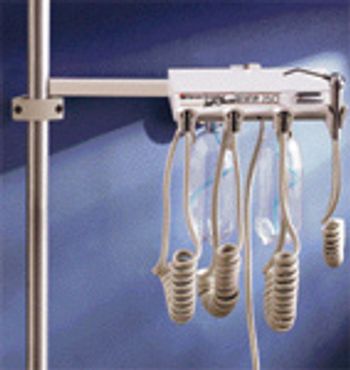
Henry Schein's new Ultima 250 Arm Mount Unit is a complete veterinary dental system that comes mounted on a 12-in. arm for a wall or pole-mount option to maximize workspace.

Konsyl Pharmaceuticals Inc. offers Konsyl? Original, a powder-form, natural fiber supplement and bowel normalizer for animals, the company reports.

Drs. Dave Durham and Ed Farnham enjoy serving this French-toast recipe to guests of their part-time endeavor, the Hexagon House.

Vetario introduces S10 and S20 neonatal and preoperative care for use in veterinary clinics to increase survival and recovery rates.

Sunnex introduces the Solo Spot Examination Light for veterinary hospitals and clinics.